The seventh-century Chinese emperor Yangdi is usually remembered as a megalomaniac who led his newly united nation into a series of debilitating wars. But Yangdi’s real legacy is his development of the world’s first standardized testing system. The idea was to locate China’s most talented rural scholars and bring them into the nascent empire’s civil service.
The history of education is filled with such earnest, progressive hopes for stan- dardized testing; Napoleon built the French bureaucracy in much the same way, and the SAT, for all its flaws, played an important role in opening up the Ivy League to Jews, Catholics, and public-school students.
The University of California and other elite colleges now acknowledge that the SAT is an incomplete measure of what students know and discriminatory against low-income students of color. But standardized testing is booming in primary and secondary schools. For the past decade, No Child Left Behind has required states to assess children in math and reading every year from third through eighth grades. The Obama administration has made test-based “accountability” a cornerstone of his school reform agenda, even asking states to develop standardized tests for preschoolers.
Today standardized tests are big business, but the testing world was once dominated by nonprofits. The first effective multiple-choice test-scoring machine was developed in the early 1960s by a University of Iowa education professor named Everett Franklin Lindquist, who believed the only legitimate use of a test score was in helping a classroom teacher diagnose individual students’ strengths and weaknesses and modify lesson plans accordingly. In 1968, the University of Iowa sold Lindquist’s technology to Westinghouse, which in turn sold it to the textbook and testing giant Pearson. The Scantron Corporation was founded as a competitor in 1972; instead of selling grading machines, Scantron gave them away free to schools and then charged for the special answer-sheets.
Today both Scantron and Pearson are owned by M & F Holding Company, the conglomerate of buyout king Ronald Perelman. And the nonprofit Educational Testing Service—the home of the AP, SAT, GRE, and TOEFL—now has a for-profit arm; one of its projects is a computer program that claims to provide “reliable evaluations” of student essays in 20 seconds.
As standardized testing plays an increasingly central role in education, school districts from Atlanta to Washington, D.C., have been rocked by cheating scandals. Adults at dozens of schools in both cities are suspected of changing students’ answers on multiple-choice tests. But these scandals have done little to derail the testing juggernaut. Nor have policy makers heeded the sage advice of psychometricians like Harvard’s Daniel Koretz, who concluded after decades of research that “we usually cannot distinguish between real and bogus gains” on standardized exams.
In North Carolina, the Charlotte-Mecklenburg school system is spending $2 million this year to develop 52 new standardized tests, including some for kindergarteners. The Charlotte Observer convened a forum of high school students to weigh in on the new testing. “School and classes shouldn’t be based on just giving tests,” said 15-year old Dajha Medley, “although that’s what it has become now.”






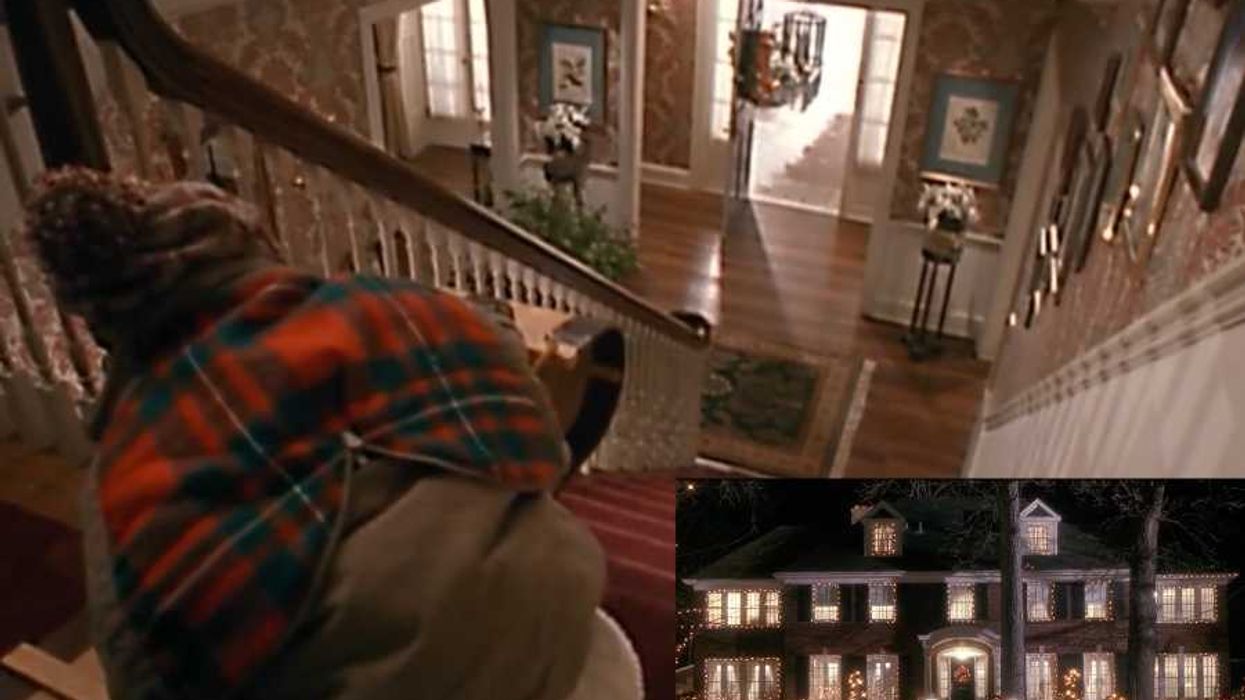









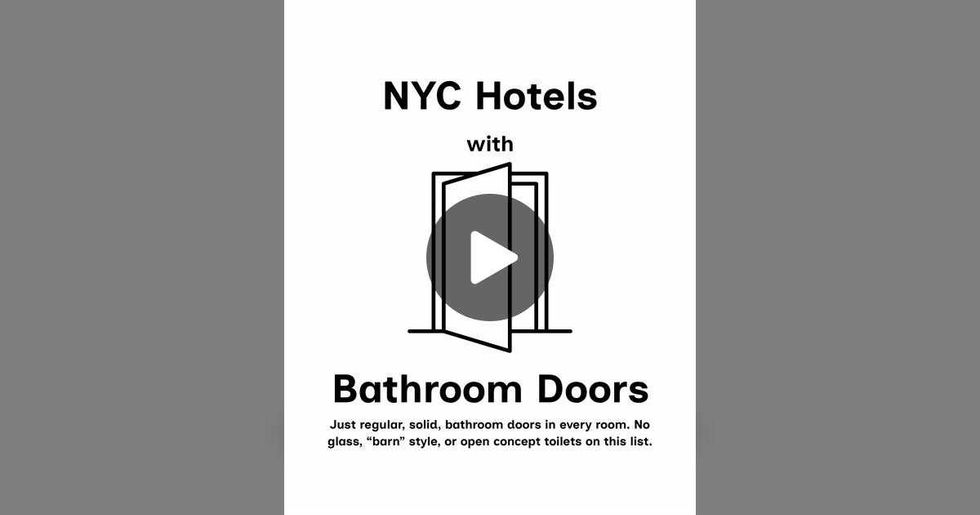 TikTok · Bring Back Doors
TikTok · Bring Back Doors 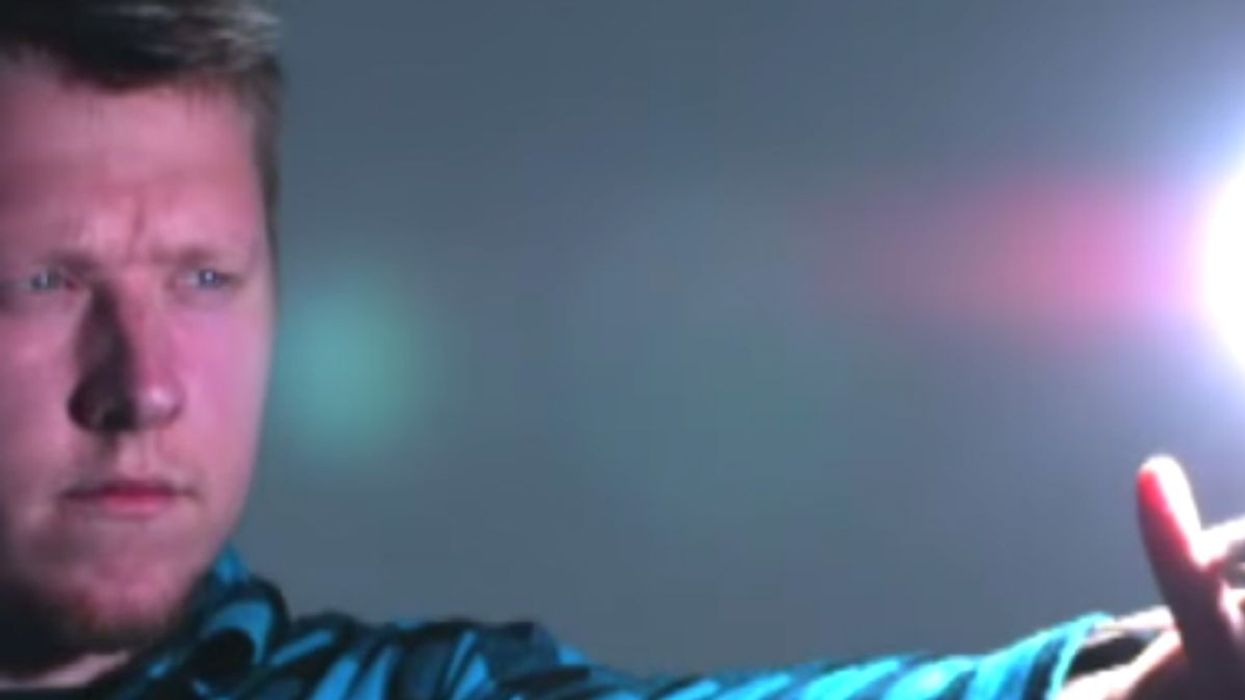
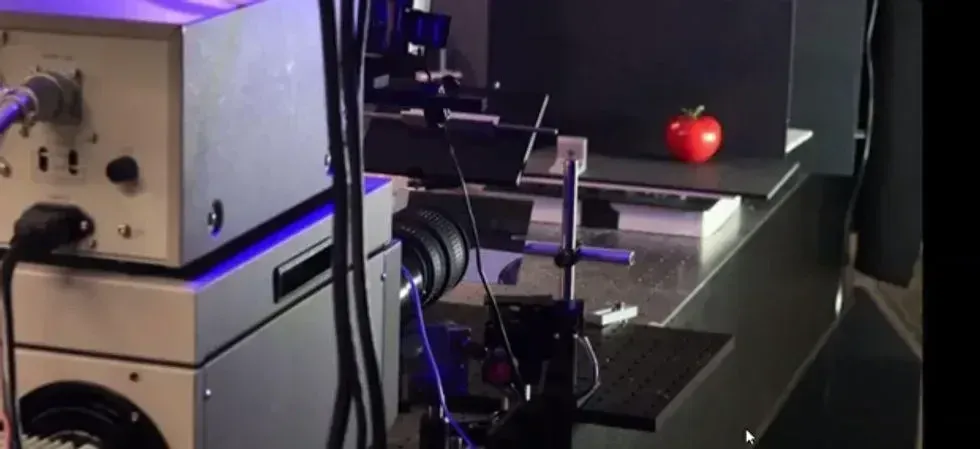

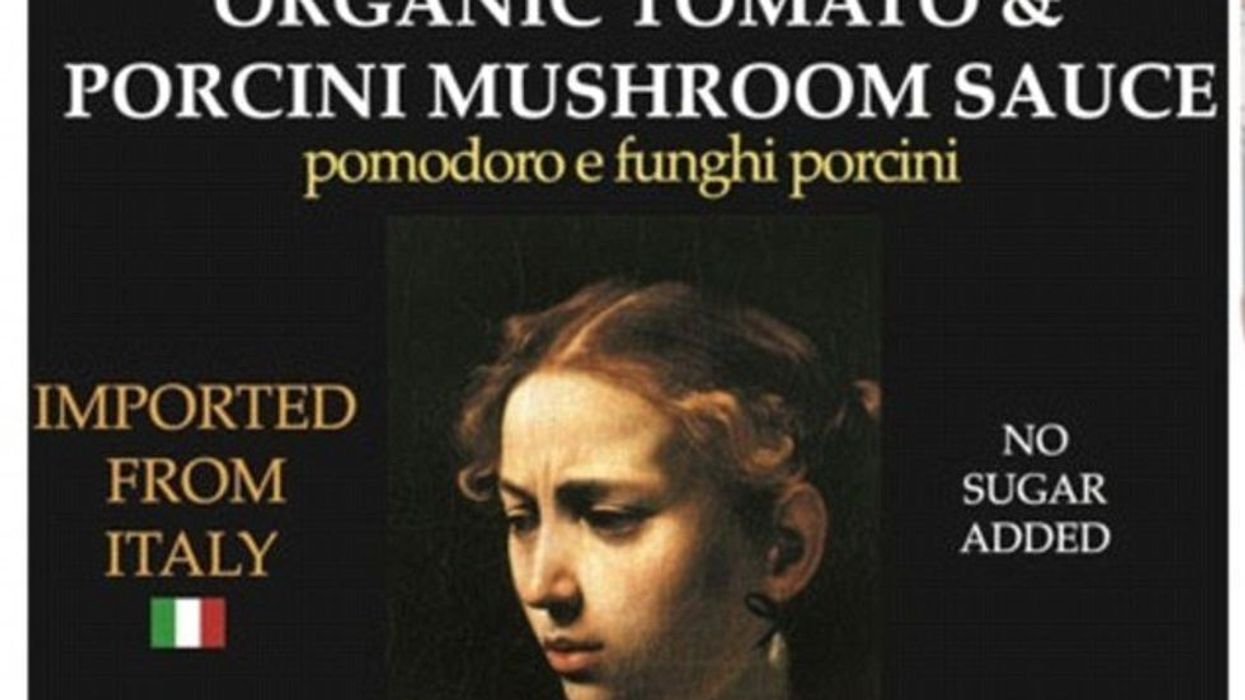
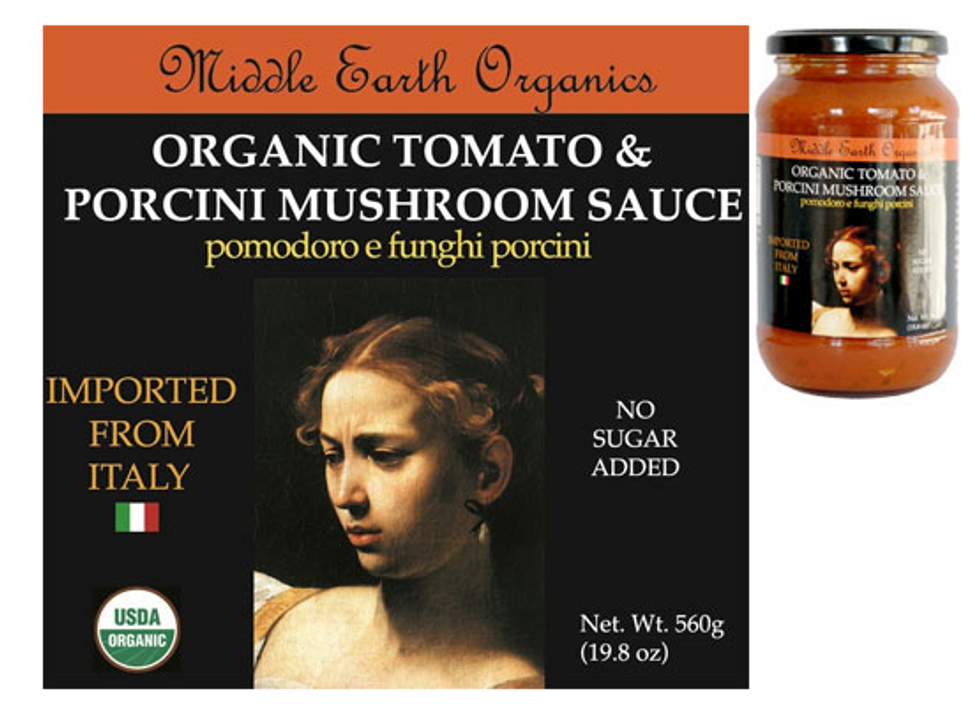 Label for Middle Earth Organics' Organic Tomato & Porcini Mushroom Sauce
Label for Middle Earth Organics' Organic Tomato & Porcini Mushroom Sauce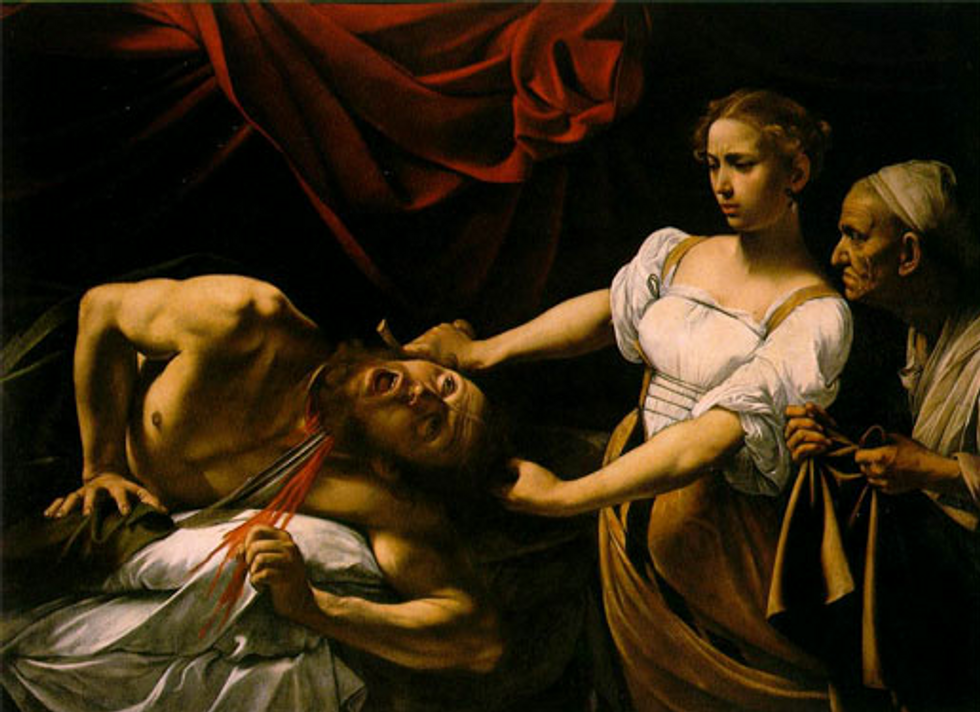 "Judith Beheading Holofernes" by Caravaggio (1599)
"Judith Beheading Holofernes" by Caravaggio (1599)